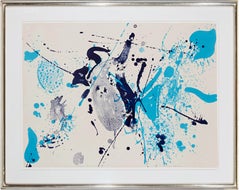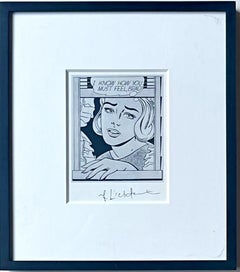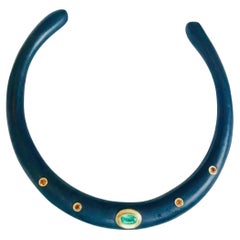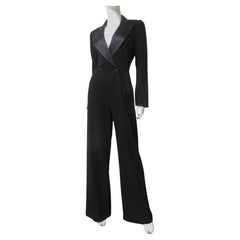New York
1960s Abstract Expressionist New York
Lithograph
Early 20th Century French School New York
Etching, Drypoint
1980s Pop Art New York
Lithograph, Offset
21st Century and Contemporary American New York
Emerald, Garnet, Mandarin Garnet, 14k Gold
1980s French New York
Late 20th Century Thai Art Deco New York
Emerald, Ruby, Pink Sapphire, 18k Gold, Silver
20th Century American Art Deco New York
Art Glass, Blown Glass
Early 1900s American New York
Early 19th Century Georgian Antique New York
Amethyst, Diamond, 14k Gold
1990s New York
Offset
Mid-20th Century American Mid-Century Modern New York
Leather
1980s Pop Art New York
Photographic Paper, Pencil, Graphite
21st Century and Contemporary American Art Deco New York
Emerald, Sapphire, Blue Sapphire, Silver, Sterling Silver
19th Century American Antique New York
Paint
1910s Impressionist New York
Oil, Paper
1990s French New York
20th Century Edwardian New York
Diamond, Opal, Ruby, 14k Gold, Yellow Gold
Mid-20th Century Italian Bauhaus New York
Chrome
Mid-20th Century American Retro New York
Pearl, Ruby, 18k Gold, Yellow Gold, Silver
1970s Abstract Geometric New York
Gouache, Color Pencil
Mid-20th Century American Mid-Century Modern New York
Glass, Wood
18th Century French French Provincial Antique New York
Wool, Silk
18th Century French Antique New York
Paint
1980s Pop Art New York
Lithograph, Offset
20th Century Turkish Rustic New York
Wool
Early 17th Century Turkish Antique New York
Pottery
2010s American Contemporary New York
Diamond, 14k Gold, White Gold
1960s North American Mid-Century Modern Vintage New York
Fiberglass
1990s Italian New York
2010s New York
Diamond, Quartz, 14k Gold, Yellow Gold
1990s Street Art New York
Resin, Mixed Media
1970s Pop Art New York
Lithograph
1980s Contemporary New York
Offset
1960s American Mid-Century Modern Vintage New York
Fabric, Hardwood, Paint
1970s Surrealist New York
Etching
2010s New York
Amethyst, Diamond, 14k Gold, Yellow Gold
2010s New York
1970s Surrealist New York
Gold Leaf
1990s Italian New York
1990s American Modern New York
Offset
1990s Abstract Expressionist New York
Lithograph, Offset
Late 20th Century Modernist New York
Ruby, Pink Sapphire, Gold, 14k Gold, Yellow Gold, Silver
1940s American Art Deco Vintage New York
Nickel
21st Century and Contemporary American Art Deco New York
Emerald, Sapphire, Blue Sapphire, Silver, Sterling Silver
2010s Contemporary New York
Linen, Thread, Ink, Mixed Media
1980s New York
Offset
18th Century George III Antique New York
Brass
1880s Czech Antique New York
Garnet, Gold
1930s Danish Art Nouveau Vintage New York
Onyx, Sterling Silver
Early 19th Century American Empire Antique New York
Upholstery, Mahogany
19th Century French Louis XVI Antique New York
Bronze
Mid-19th Century Victorian Antique New York
Garnet, Gold, 9k Gold, Yellow Gold
2010s New York
Diamond, Garnet, 14k Gold, Yellow Gold
1920s Expressionist New York
Etching
1940s Impressionist New York
Oil, Board
21st Century and Contemporary American New York
Emerald, Pink Sapphire, 14k Gold
2010s American Contemporary New York
Diamond, 14k Gold, White Gold
1980s Pop Art New York
Offset
2010s Contemporary New York
Archival Pigment
Mid-20th Century French Mid-Century Modern New York
Upholstery, Walnut





